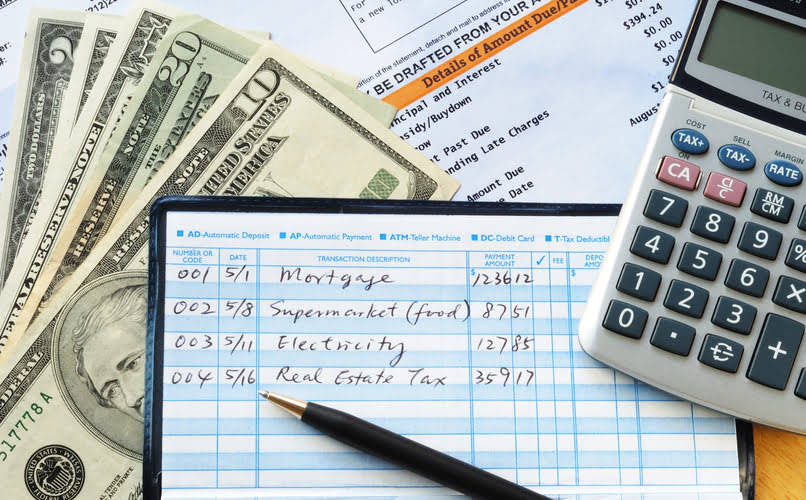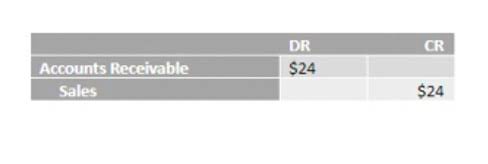Quick Ratio Explained: a Key Financial Metric

The quick ratio formula focuses on current assets and current liabilities. For the purposes of the quick ratio formula, current assets are primarily cash and cash equivalents—known as quick assets—as well as some accounts receivable. Basically, anything that can be converted into cash within 90 days quick ratio is another commonly used term for the or less is considered a quick asset. The quick ratio measures how well a company can meet its short-term liabilities (such as debts payment, payroll, inventory costs, etc.) with its cash on hand. In this case “cash” is defined as either actual cash or cash-like assets which can quickly be converted.
Financial Modeling: the definition and basics
The current ratio measures a company’s ability to pay current, or short-term, liabilities (debt and payables) with its current, or short-term, assets (cash, inventory, and receivables). It does not take into account all aspects that can impact a company’s liquidity position. Thus, it should be considered alongside other metrics, such as the earnings-per-share or rate-of-return on investments. In conclusion, the quick ratio is a key liquidity metric that measures a company’s ability to meet its short-term financial obligations.
What’s Included and Excluded?
Once you’ve run your balance sheet, you’ll want to calculate your current assets. Assets are shown at the top of your balance sheet, and liabilities are shown below assets. https://www.bookstime.com/ Within each section of the balance sheet, the current numbers appear first. As a conscientious business owner, you already know the importance of business accounting.
Cash Equivalents
- It shows a company’s financial health, revealing whether it can make short-term payments without selling its inventory.
- The lower the ratio gets, the more the company leans on inventory and similar assets to cover liabilities, which can cause a financial crunch if sales slow.
- This is generally good, as it means that the company can easily make payments on any of its debts.
- As an investor, you can use the quick ratio to determine if a company is financially healthy.
- Both ratios include accounts receivable, but some receivables might not be able to be liquidated very quickly.
This capital could be used to generate company growth or invest in new markets. There is often a fine line between balancing short-term cash needs and spending capital for long-term potential. Investors who are evaluating liquidity analysis using the quick ratio should keep a few things in mind. A higher quick ratio is generally better, as it points to a company that is more resilient and prepared to cover its short-term obligations. However, interested parties should keep in mind that a very high quick ratio may not be a positive development.

Quick Ratio formula
Although a quick ratio of one or higher is desirable, you shouldn’t panic if your quick ratio is less than one. You also shouldn’t become too complacent if your quick ratio is two or higher. It’s important to take all factors of your business into consideration before determining if your quick ratio is too low, too high, or just right.
- However, the current ratio includes inventory and prepaid expenses in assets because assets are defined as anything that could be liquified within a year for the current ratio.
- This liquidity ratio can be a great measure of a company’s short-term solvency.
- In general, a higher quick ratio is better because you’re in a good position to pay off your current liabilities with assets that are easy to convert to cash.
- To calculate your firm’s current ratio, you need to check all the current liabilities and current assets itemized on the balance sheet.
- This can lead to actionable insights, such as tightening credit policies or improving collection processes, which can enhance overall financial stability.
In this guide, we’ll review what a quick ratio is, go over the quick ratio formula, and explain how you can find the quick ratio for your business. Our company’s current ratio of 1.3x is not necessarily positive, since a range of 1.5x to 3.0x is usually ideal, but it is certainly less alarming than a quick ratio of 0.5x. Most often, companies may not face imminent capital constraints, or they may be able to raise investment funds to meet certain requirements without having to tap operational funds.
Ask Any Financial Question
To calculate the quick ratio, one must sum up the company’s cash and cash equivalents, marketable securities, and accounts receivable. These components are chosen because they can be quickly converted into cash, providing a more accurate picture of a company’s liquidity. Cash and cash equivalents are the most liquid assets, including currency, bank deposits, and other short-term investments that can be easily liquidated.

- For instance, if the industry standard is a quick ratio of 3, then a quick ratio of 2 might be less positive.
- Rather, the quick ratio just looks at whether a company’s liquid assets outnumber its liabilities.
- For example, a company with significant inventory might have a healthy current ratio but a lower quick ratio.
- It’s also called the acid test ratio, or the quick liquidity ratio, because it uses quick assets, or those that can be converted to cash within 90 days or less.
